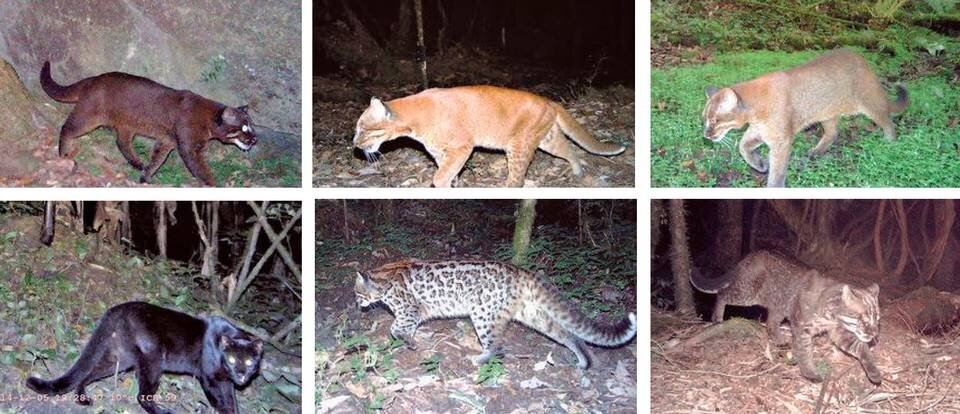Color Morphs of Wild Cat | 14 Jun 2019
Indian scientists from the Zoological Society of London (ZSL), an international conservation charity, and University College London (UCL) have discovered six color morphs of the golden cat in Dibang Valley of Arunachal Pradesh.
- Six color morphs include tightly-rosetted,cinnamon, melanistic, gray, golden, and ocelot types.
Color morphs
- Colour morphs are basically occurrence of two or more discrete colour forms of the animal within a population. for example- Black panther is a color morph of the common leopard.
- Colour morphs are thought to arise from random genetic mutations and take hold in the population through natural selection.
- Dibang Valley hosts the world’s most diverse range of colour morphs of a wild cat species ever reported in one site.
Significance
- Understanding the evolutionary theory of color morphs could help scientists to understand how quickly species can adapt and evolve to changing environments.
- This would help scientists to gain better insight into the resilience capacity of the species to climate change or habitat degradation and destruction, which is also the reason for decreasing population of these species.
- Color Morphs could help in conservation of Asiatic Golden Cats, as it provides Ecological Benefits to cats like:
- occupying different habitats at different elevations from wet tropical lowland forests to alpine scrubs .
- Providing camouflage while preying on pheasants and rabbits.
Asiatic Golden Cat
- Asiatic Golden Cat is a medium-sized wild cat native to north-eastern Indian subcontinent
- The Asiatic golden cat (Catopuma temminckii) is listed as near threatened on the International Union for Conservation of Nature’s Red List of threatened species.
- Asiatic cats are mentioned in Wildlife protection Act’s schedule 1.
- Wild cats are also included in Convention on International Trade in Endangered Species of Wild Fauna and Flora(CITES) appendix 1
Dibang Valley
- Dibang Valley District is located in the North-Easternmost corner of Arunachal Pradesh.
- Largest district of Arunachal Pradesh with the lowest density of population in India.
- India’s first ‘snow tigers’ were spotted in upper reaches of Dibang Valley.
